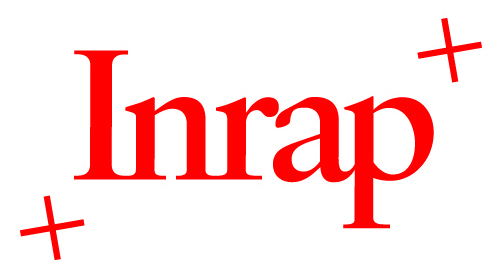A metalworking establishment of the Gallo-Roman period on the road to Crèvecœur at the outskirts of Cambrai : evidence for the working of both copper alloy and iron in the civitas of the Nervii
L'atelier métallurgique Gallo-Romain de la route de Crèvecœur à Cambrai : une attestation du travail conjoint des alliages cuivreux et du fer
Résumé
In 1991 a workshop of the Gallo-Roman era specializing in metalworking was discovered on the outskirts of Cambrai. Located on the road to Crèvecœur this establishment constitutes a rare example of metallurgical practice within the territory of the Nervii during the Roman period. The discovery of crucibles in one of the structures of the workshop led to the initial interpretation of that space as devoted to copper alloy working. Exhaustively collected, the metalworking furniture was re-examined using the methods and analytical means of current paleometallurgy. Further details have thereby emerged regarding the origin of the crucibles, the type of operations undertaken and the nature of the alloys used by the craftworkers. However, the presence of a corpus of siderurgical material, both complete and diversified (slag, lithics, scrap) in the furniture helped to identify the practice of a second activity within the workshop, namely ironworking. By attention to the technology of production, examination of the slags clearly shows the early use of coal as a fuel employed for the forging stages of artefact manufacture.
Découvert en 1991 à la périphérie de la commune de Cambrai, l’atelier de la route de Crèvecœur constitue, pour l’époque romaine, l’une des rares attestations de la pratique de la métallurgie sur le territoire nervien. La découverte de creusets dans l’une des structures de l’atelier a orienté les premières interprétations vers celle d’un espace dévolu au travail des alliages cuivreux. Prélevé de façon exhaustive, son mobilier a été réétudié à l’aide des méthodes et des moyens analytiques de la paléométallurgie actuelle. Des précisions supplémentaires ont étés apportées sur la provenance des creusets, le type d’opérations réalisées ou encore sur la nature des alliages travaillés par l’artisan. mais, la présence d’un corpus de matériel sidérurgique, à la fois complet et diversifié (scories, lithique, chutes) dans le mobilier a contribué à identifier la pratique d’une seconde activité au sein de l’atelier : celle du travail du fer. Si la nature de la production a seulement pu être approchée, l’étude des scories a clairement mis en évidence l’usage précoce de charbon de terre comme combustible pour les étapes de forge.

